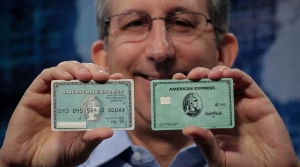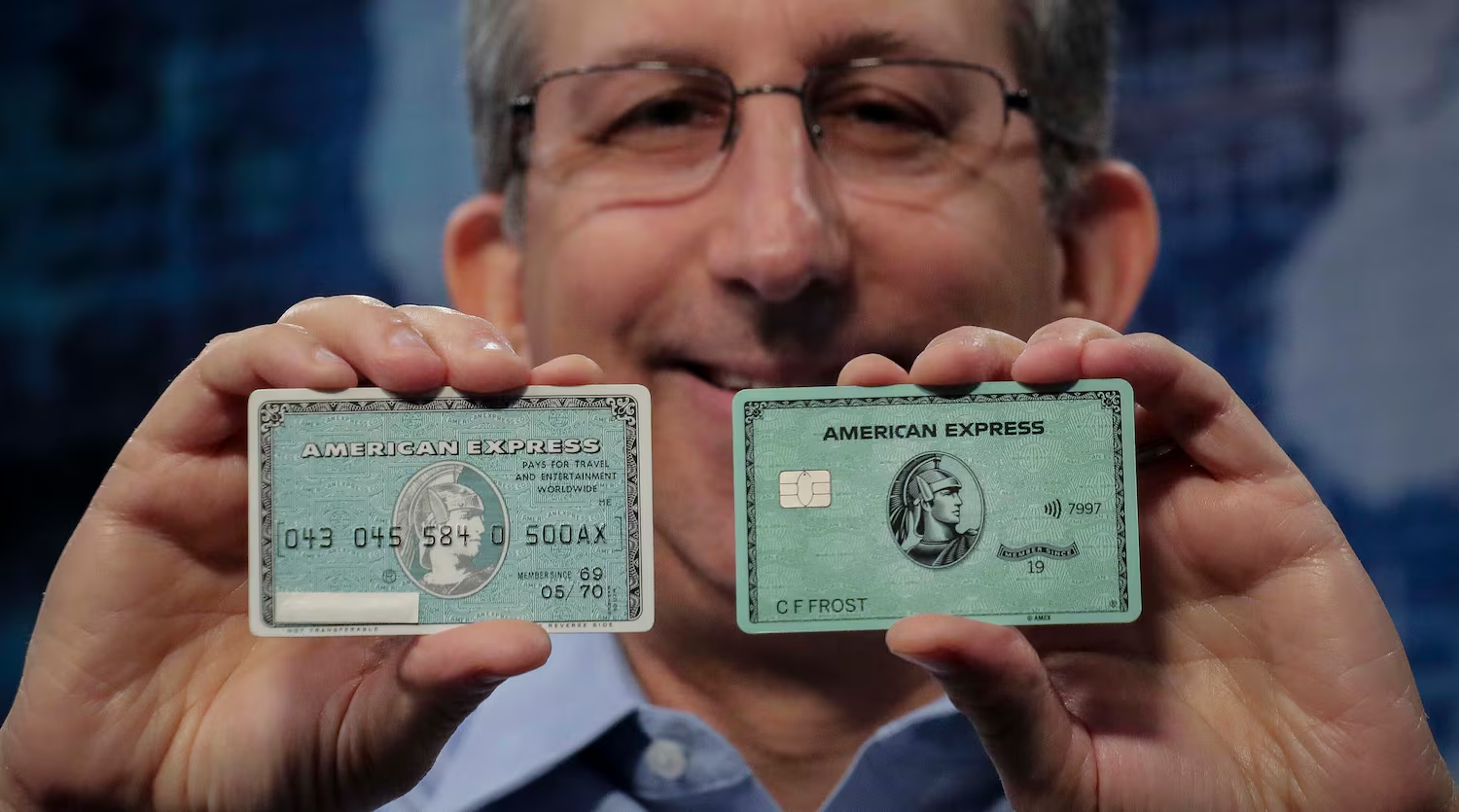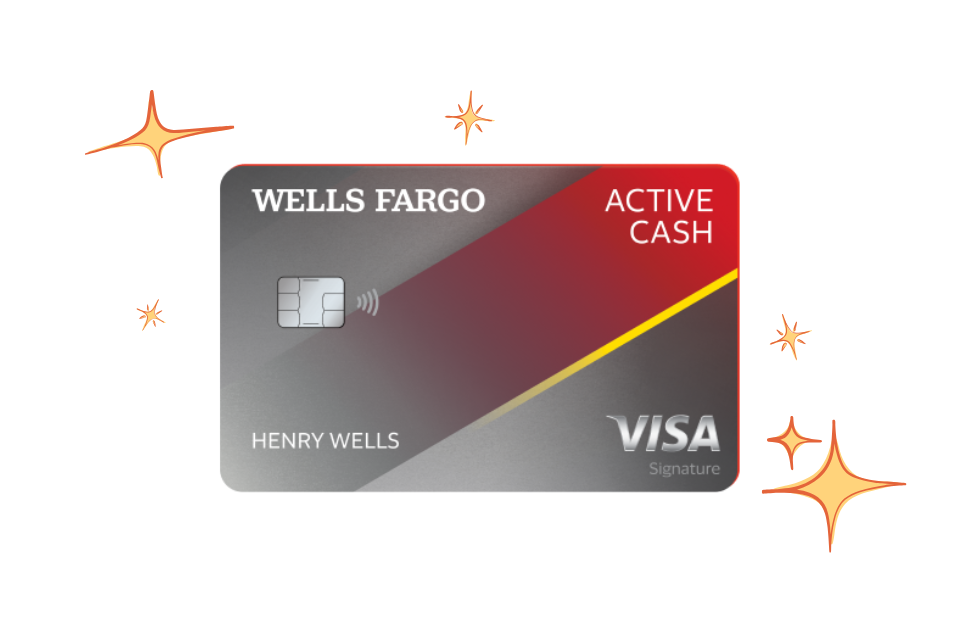As parents and guardians, we work hard to provide for our children, giving them opportunities and security. But one of the most valuable gifts we can give them isn’t something we buy; it’s financial literacy – the knowledge and skills they need to manage money wisely throughout their lives. In the United States, where navigating credit, debt, savings, and investments is crucial for independence, teaching kids about finances from a young age is just as important as teaching them their ABCs.
Money can feel like a complex or even taboo topic, but financial education starts at home. It’s about integrating lessons into everyday life in age-appropriate ways, setting a good example, and having open conversations. You’re not just teaching them about dollars and cents; you’re helping them build a foundation for future security and responsible decision-making. Let’s explore how to teach your children about money as they grow, from toddlers to young adults.
The Early Years (Ages 3-7): Introducing the Concept of Money
At this stage, it’s about introducing the physical idea of money and simple choices.
- Recognize Money: Help them identify coins and bills. Explain that money is exchanged for things they want.
- Use a Clear Jar or Piggy Bank: Introduce the concept of saving by having them put coins or small bills into a transparent container. They can visually see their money grow.
- Basic Choices: When they want something small, give them a choice: “Do you want to use your money for this sticker or save it for a bigger toy?” This introduces the idea of trade-offs.
- Needs vs. Wants (Simple): Start simple conversations about needing food and clothes versus wanting a new toy.
Elementary School (Ages 8-12): Allowances and Earning
This is a great age to introduce an allowance and the concept of earning and managing their own money.
- Implement an Allowance: Decide on a small, regular allowance. Is it tied to chores, or just given? Be clear about the system.
- Introduce the “Save, Spend, Share” Jars: Use three clear jars (or labeled envelopes). Encourage or require them to divide their allowance into money for saving, money they can spend now, and money to share (donate to charity). This teaches basic budgeting and prioritization.
- Set Small Savings Goals: Help them set a goal for something they want to buy and track their progress in the “Save” jar. This teaches delayed gratification and the reward of saving.
- The Concept of Earning: Offer opportunities for them to earn extra money through additional chores beyond their regular responsibilities. This connects work to earning.
- Shopping Lessons: Involve them in shopping decisions. Show them price tags, compare costs, and discuss why you choose one item over another based on price or value.
Middle School (Ages 13-15): Budgeting Basics and Bank Accounts
Things get a little more complex as they start having more expenses and potentially earning money from small jobs.
- Move to a Savings Account: Help them open a simple savings account at a bank or credit union. Introduce the concept of interest (even if minimal) and visiting a financial institution.
- Basic Budgeting for Their Money: Work with them to budget their allowance or earned money across categories like saving, spending, and maybe specific activities or larger purchases they’re saving for. Use a simple app or notebook.
- Discuss the Value of Work: If they have a part-time job (babysitting, mowing lawns), discuss saving a portion of that income.
- Introduce Needs vs. Wants (More Detail): Have more in-depth conversations about necessary expenses versus discretionary spending.
- Beware of Advertising: Talk about how advertising influences spending and the difference between wanting something and needing it.
High School (Ages 16-18): Checking Accounts, Credit, and Bigger Goals
As they approach adulthood, introduce more complex financial tools and concepts they’ll soon encounter.
- Open a Checking Account: Help them open a student checking account. Teach them how to manage a debit card, balance a checkbook (if still relevant!), use online banking, and avoid overdraft fees.
- Introduce Credit (Carefully!): Explain what credit is, why a good credit score is important in the US, and how it’s built. Discuss the responsible use of credit cards. Consider adding them as an authorized user on one of your well-managed credit cards (as discussed previously) to help them start building history, but with clear rules and oversight.
- Saving for Bigger Goals: Help them think about saving for a car, college expenses, or moving out.
- Understanding Income and Taxes (Basic): Discuss how paychecks work, deductions, and the basics of income tax (if they have a job).
- College/Career Costs: Discuss the costs associated with higher education or vocational training and different ways to pay for it (savings, scholarships, loans).
Young Adulthood & Beyond: Ongoing Education
Financial education doesn’t stop when they turn 18. Continue to be a resource and encourage them to keep learning.
- Discuss budgeting for independent living expenses.
- Talk about student loan repayment strategies.
- Guide them on choosing their first credit card wisely.
- Explain retirement savings (like opening an IRA or contributing to a 401k at their first job) and the power of compounding over the long term.
- Discuss the importance of insurance (health, auto, renters).
Teaching your children about finances at every age in the United States is an ongoing process, not a single conversation. By starting early, using age-appropriate tools and lessons, involving them in family financial discussions, and modeling responsible behavior yourself, you equip them with the essential skills and knowledge they need to navigate the financial world with confidence, avoid common pitfalls, and build a secure financial future of their own. It’s one of the most valuable investments you can make in their success.









